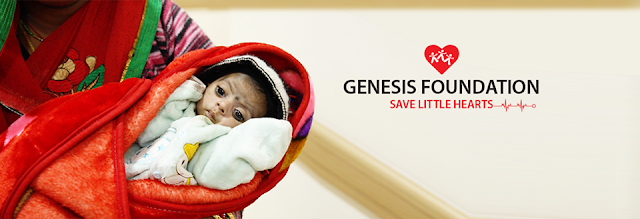How Charitable Donations Online Help In Child Heart Surgery
.jpeg)
When the lives of young children, the future of the world, hang in the balance due to a condition they have absolutely no control over, the future starts looking grey. In India, over 200,000 kids have a heart defect at birth, i.e, a Congenital Heart Defect, affecting their entire lives ahead of them. Most of them have to get not one but many surgeries of varying severity to combat this illness. Imagine the plight of a parent who has to see their child suffer from something as serious as a heart problem. To add to it, they find out the problem is critical and the child needs multiple rounds of life-altering surgeries. Now, to add to it, the parents don’t have the affordability to fund the medical procedures. Just the thought of it gives you chills, doesn’t it? Here’s what we can do about it. Whilst we as individuals may not be able to directly provide the required medical aid to the child or reach out to the family, there is a way to help them alleviate their agony of having to see
